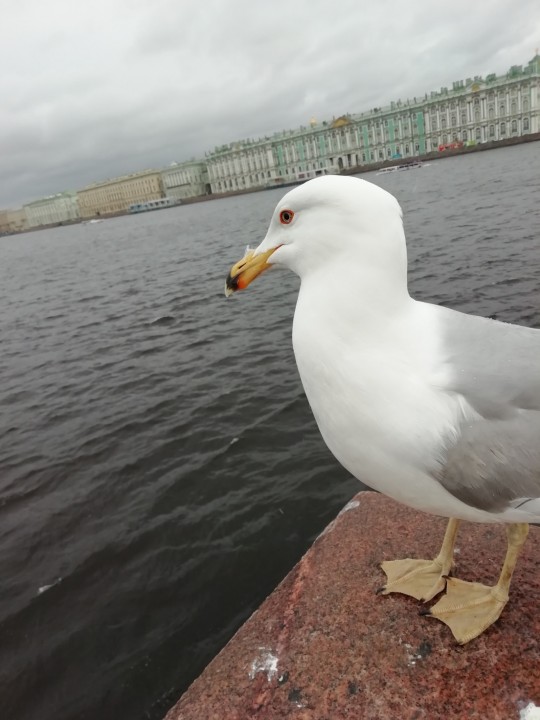#european herring gull
Text

European Herring Gull
#photo of the day#european herring gull#waterfowl#bird#birdwatching#bird lover#bird photography#nature#nature photography#wildlife#wildlife photography#wild nj#nikon photography#nikon coolpix p1000#bayonne park#nj isnt boring#spring 2024
226 notes
·
View notes
Text






The sun shone briefly this morning, inviting us to take a short break with a coffee and croissant. Feathered interested parties quickly turned up
#photographers on tumblr#original photography#birding#bird photography#urban birding#carrion crow#Rabenkrähe#European herring gull#Silbermöwe#1. Winter
240 notes
·
View notes
Text
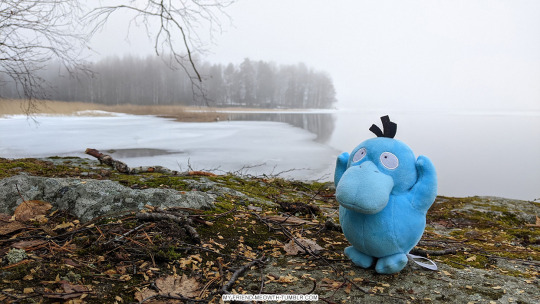
There is water!! And Birds!!!
Laulujoutsen (Cygnus cygnus) Whooper swan

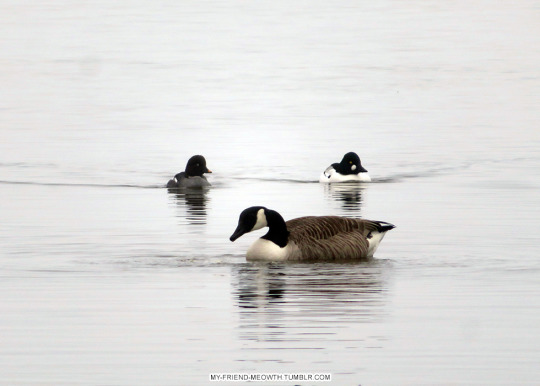
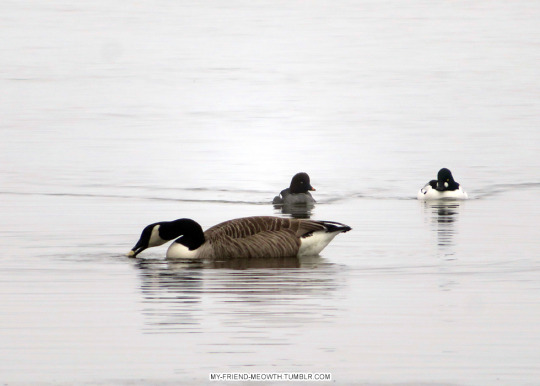
Kanadanhanhi (Branta canadensis) Canada goose & Telkkä (Bucephala clangula) Common goldeneye

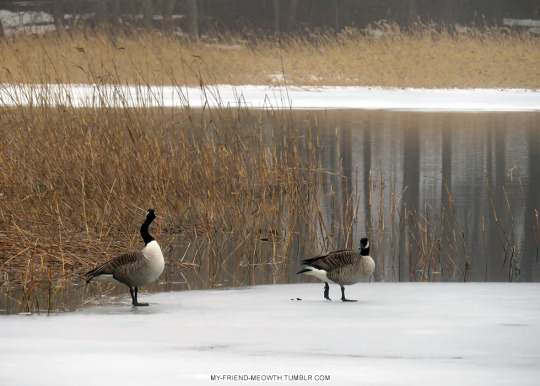
No goosanders or eurasian coots here yet

Harmaalokki (Larus argentatus) European herring gull
10 notes
·
View notes
Photo

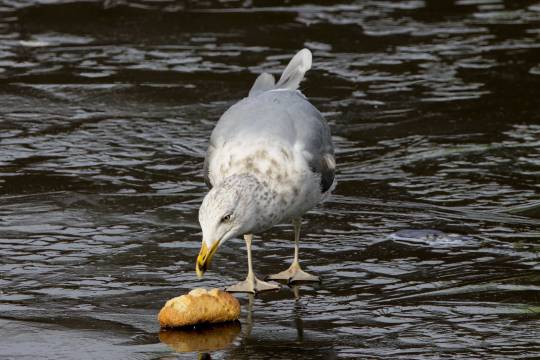
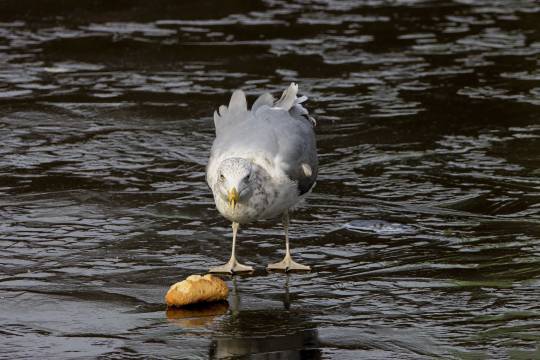



It is not easy to eat a bread roll on ice. Better to take the whole roll at once.
(I am always surprise what herring gulls can take in their beak)
70 notes
·
View notes
Photo

The Seagull's Revenge Song
124 notes
·
View notes
Text
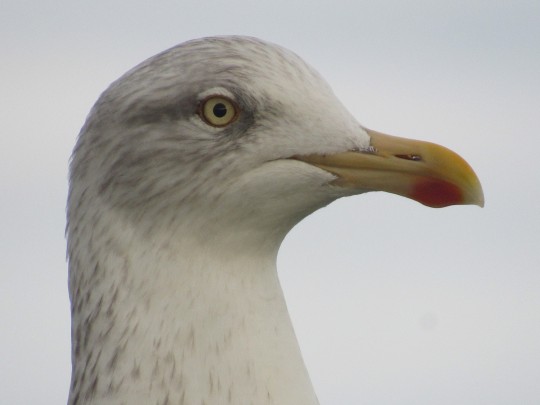
herring gull (larus argentatus) in winter plumage, ireland
#charadriiformes#laridae#larus#herring gull#european herring gull#display flight#herring gulls are so perfect to me <3 they're my special little guys#if you hate gulls we can't be friends. i would add a /j but i literally love gulls so much. only love for gulls in this house
5 notes
·
View notes
Text

Birb
#art#digital art#character design#original character#character art#furry character#seagull#seagull oc#seagull fursona#european herring gull#sailor#sailor oc#oc#oc art tag#oc artist#oc artwork#oc art#my ocs#character illustration#character concept#concepting
3 notes
·
View notes
Text
Round 1, Side B: Match 18
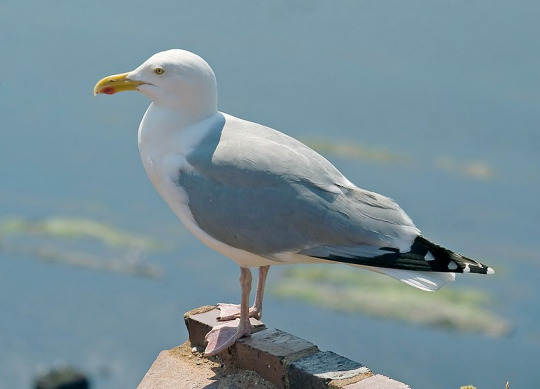

[Image ID: Two pictures of gulls. The left is a European herring gull standing on the tip of a roof. The right is a common gull standing on rocks. /End ID]
The European herring gull (Larus argentatus) is a large gull that lives and breeds along the northern part of Europe. They typically measure 55-67 cm (22-26 in) in length and 125-155 cm (49-61 in) in wingspan. They have white underparts and head, light grey upperparts and wings with black tips and white "mirrors," yellow bill with red spot, and pink legs (though they can be yellowish instead). They eat crustaceans, carrion, and eggs and young of other birds. Despite their name, they do not have any special preference for herrings. They have been observed using pieces of bread as bait to catch goldfish, and rhythmically drumming their feet on the ground to create vibrations to drive worms to the surface.
The common gull (Larus canus) is a mid-sized gull that lives and breeds in northern Europe. They typically measure 40-46 cm (16-18 in) in length and 110-130 cm (43-51 in) in wignspan. They have white underparts and head, grey upperparts and wings with black tips and white "mirrors," yellow legs, and short greenish-yellow bill. They eat worms, insects, and fish as well as scavenge.
European herring gull image by Kurt Kulac
common gull image by Peter Prokosch
7 notes
·
View notes
Text
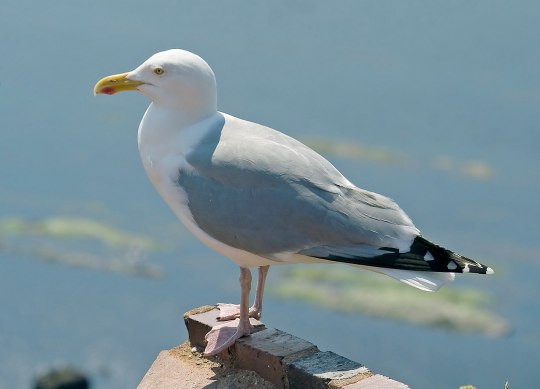
Posting birds until I hit post limit: European herring gull
2 notes
·
View notes
Text





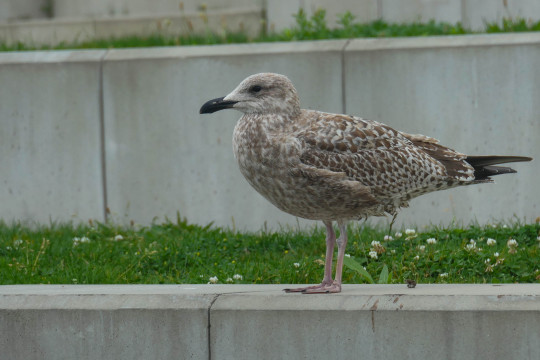
Goéland Argenté - S'il vit avant tout sur les côtes, il peut aller se nourrir dans les terres prêts de grandes étendues d'eau.
Lieu : Boulogne-sur-Mer
#animaux#animals#animaux sauvages#wild animals#oiseau#bird#oiseau de mer#sea bird#goéland#gull#goéland argenté#european herring gull#plage#beach#sea#mer#photo#photo animalière#animals photography
2 notes
·
View notes
Text

Einfach magisch, wie sie auf dem weichen Sand steht
#Horizontal#Kein Volk#Foto#Vogel#Möwen#Natur#Tiertiere#Tier#Außen#Meer#Tiere in den Wilden#Seevogel#European Herring Gull#Strand#Hering Mö
0 notes
Text
Birds! Canada goose (Branta canadensis), common goldeneye (Bucephala clangula), european herring gull (Larus argentatus)




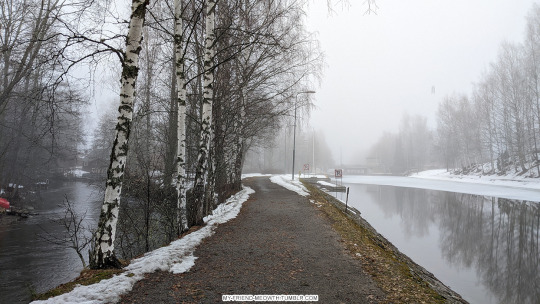
Left: river Vääksynjoki, right: Vääksy canal (Vääksyn kanava)

4 notes
·
View notes
Text

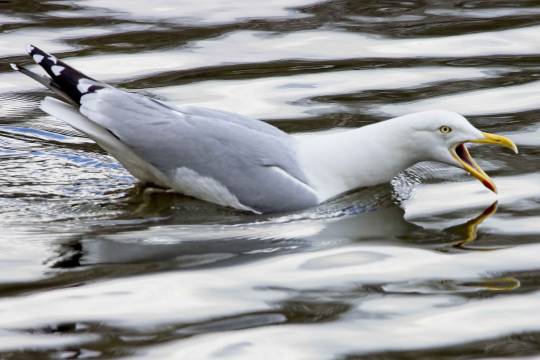

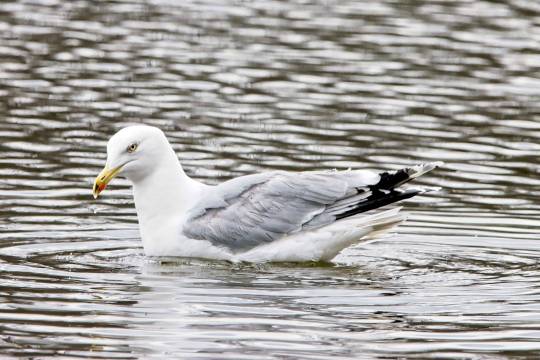
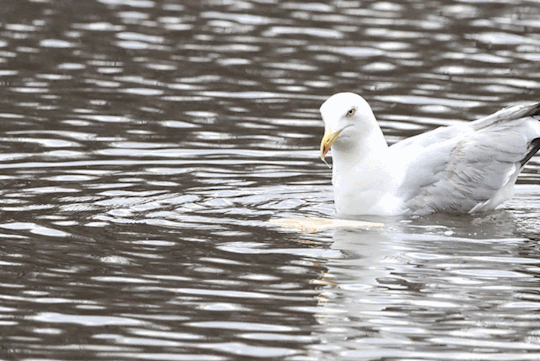
Herring gulls always look a bit aggressive, but then they also behave a bit aggressive. And they often try to eat things that seemed way too big for them, but manage anyway.
22 notes
·
View notes
Text
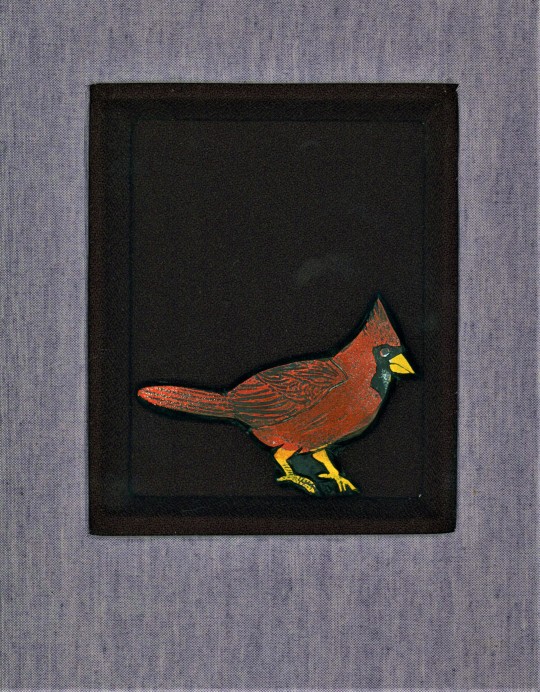
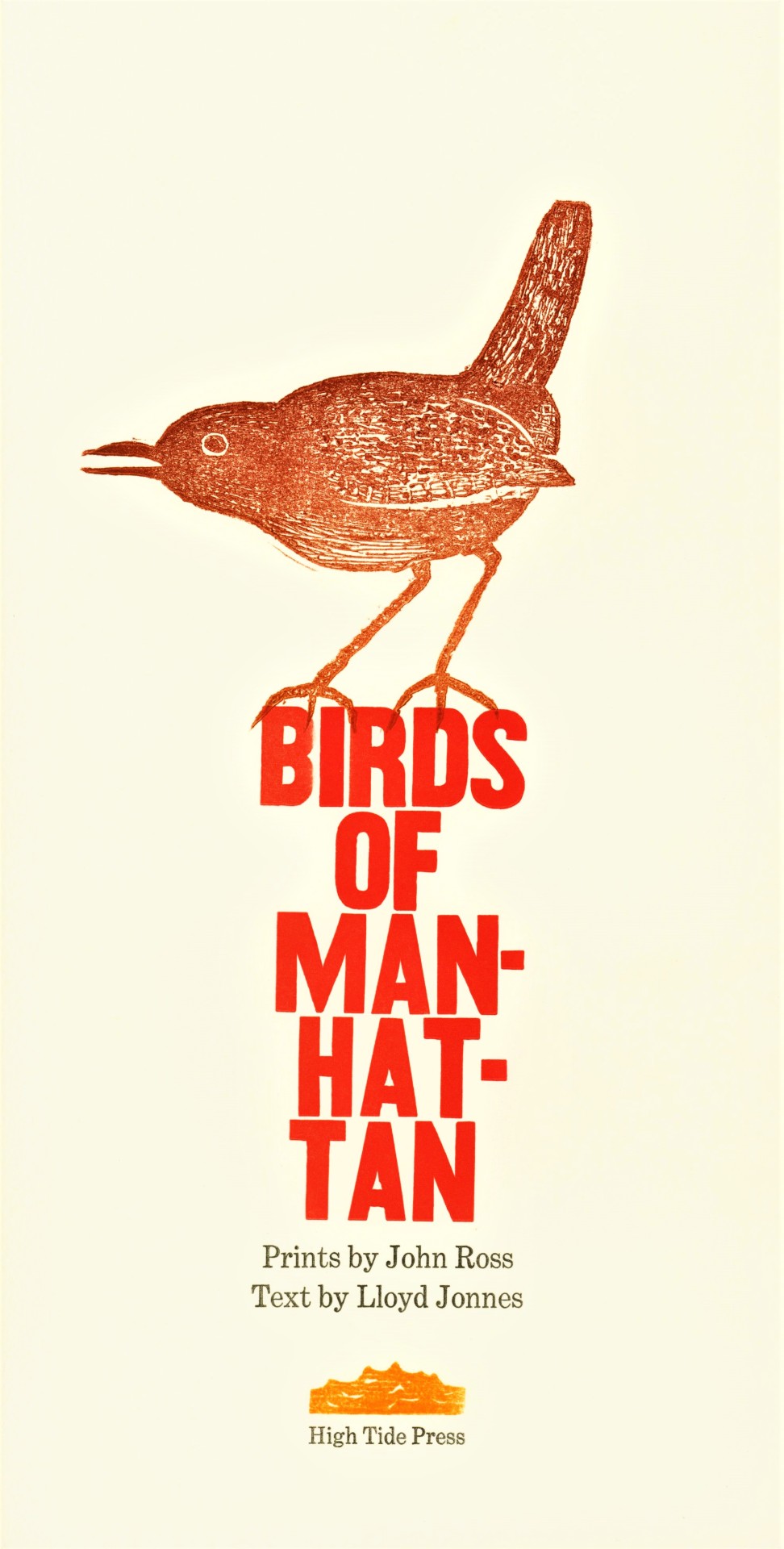


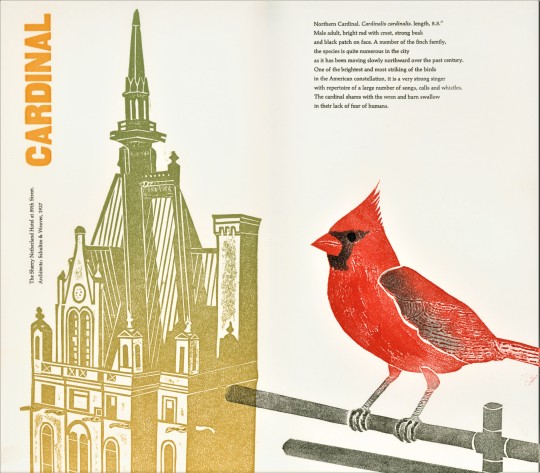


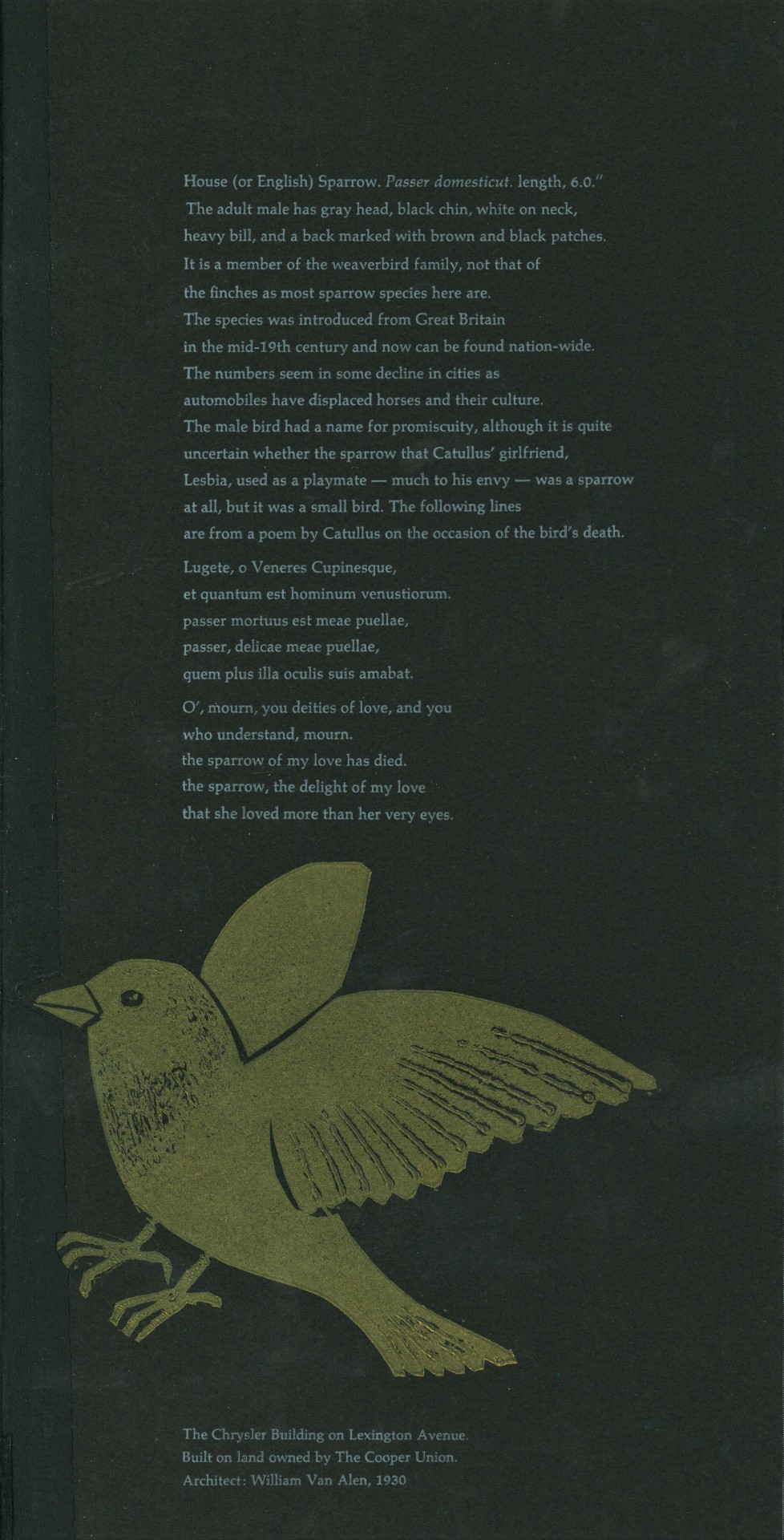
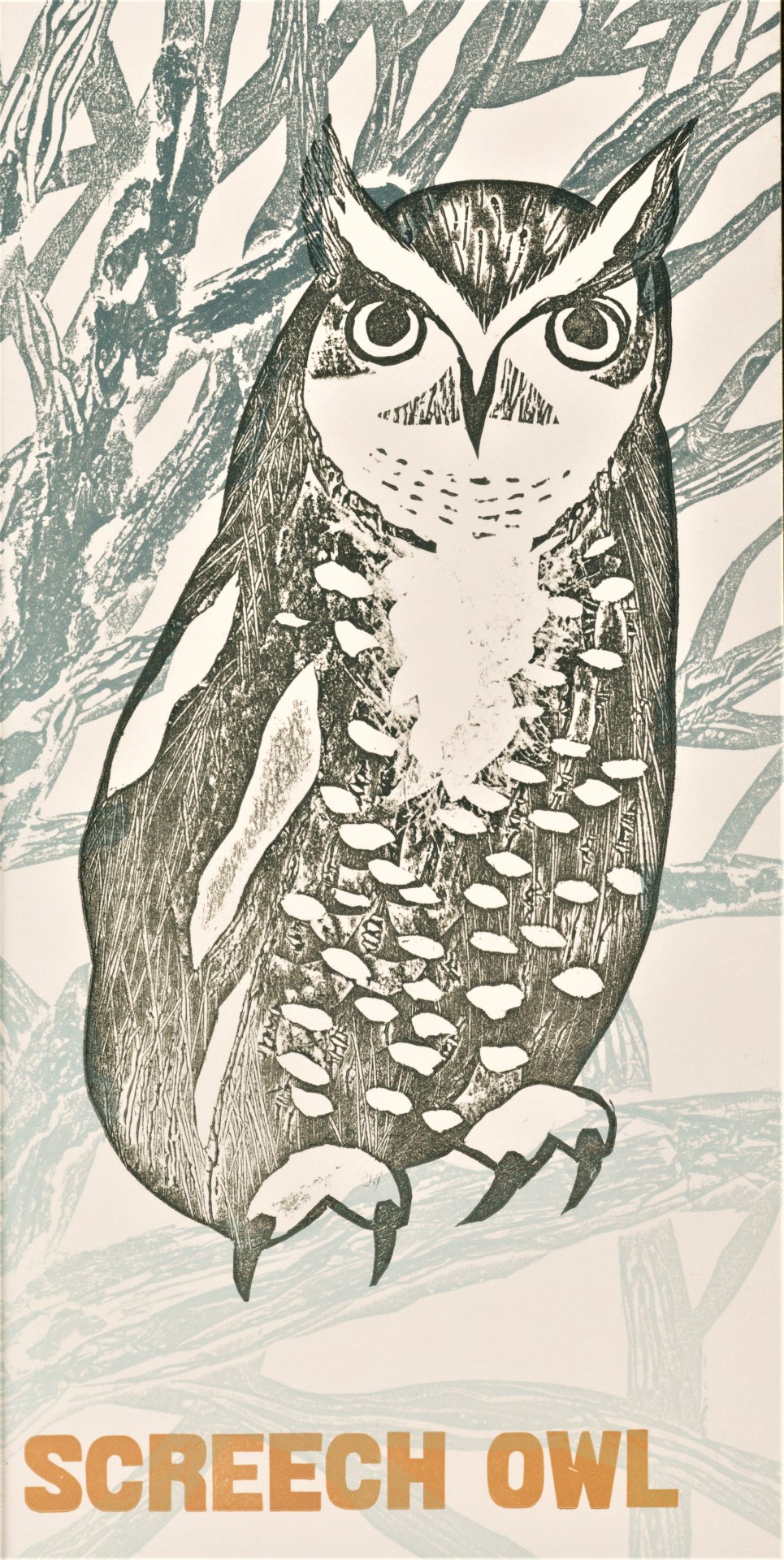


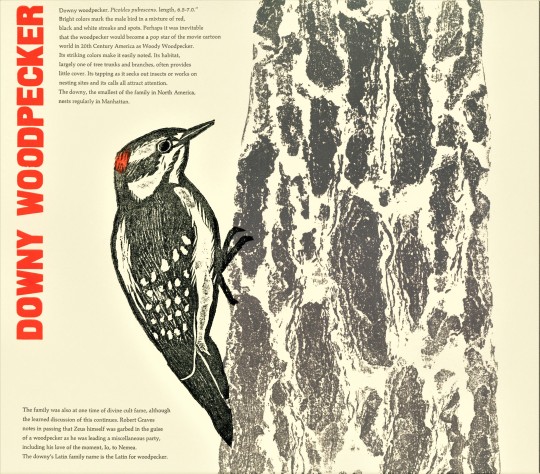
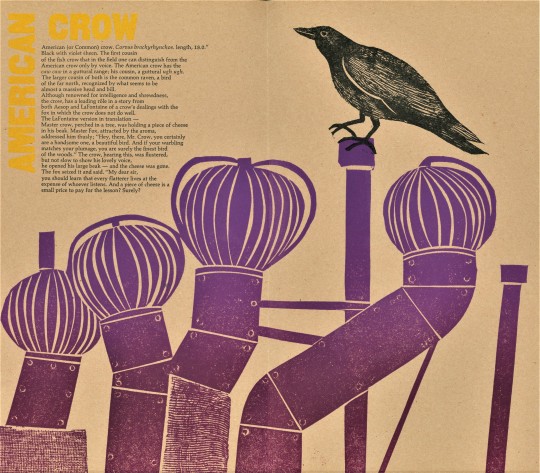


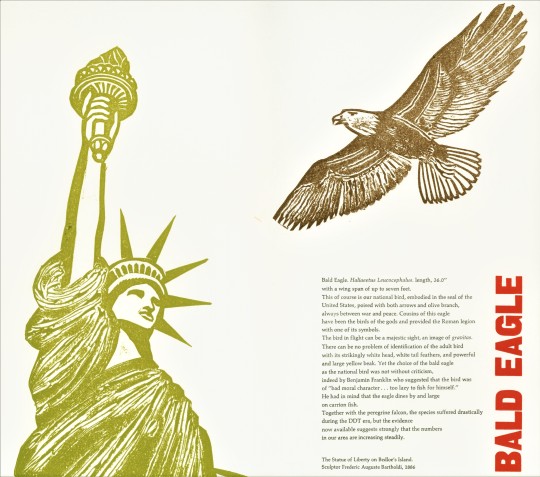
A Big Apple Feathursday
These collagraph prints by American artist, educator, and printer John Ross (1921-1917), made for the 1998 Birds of Manhattan, depict a few of the more common birds of that island against various architectural features of the city. It's sometimes easy to forget how biodiverse Manhattan is, particularly in bird life. Manhattan lies on the eastern route of the Atlantic flyway, so it receives many visitors as well as serving as a year-round residence for many species of birds.
The book, another donation form the estate of our late friend Dennis Bayuzick, was conceived, designed, illustrated and printed in an edition of 40 copies by John Ross at his East Hampton, New York High Tide Press in collaboration with relief aid officer and Greek and Latin scholar Lloyd Jonnes, who wrote the text. The binding, with its inset painted relief of a Cardinal, is by James D. Marcantonio at his Hope Bindery in Providence, R.I. This book was selected for the 1998 “50 Books / 50 Covers” by the American Institute for Graphic Arts in New York.
View another post on work by John Ross.
View more Feathursday posts.
#Feathursday#John Ross#Birds of Manhattan#collagraphs#High Tide Press#Lloyd Jonnes#James D. Marcantonio#Hope Bindery#Herring Gull#Rock Dove#Northern Cardinal#Barn Swallow#House Sparrow#Screech Owl#Peregrine Falcon#European Starling#Downy Woodpecker#American Crow#Great Blue Heron#Canada Goose#Bald Eagle#House Wren#birds#birbs!
260 notes
·
View notes
Text
i hate bird identification bc it's like.




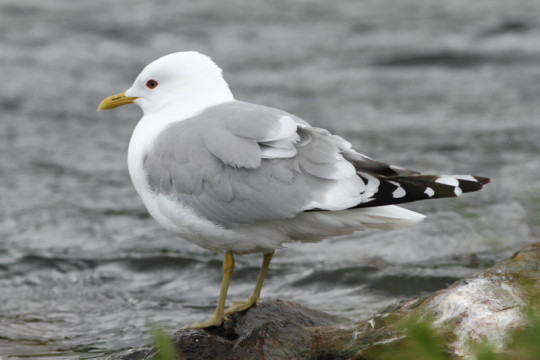
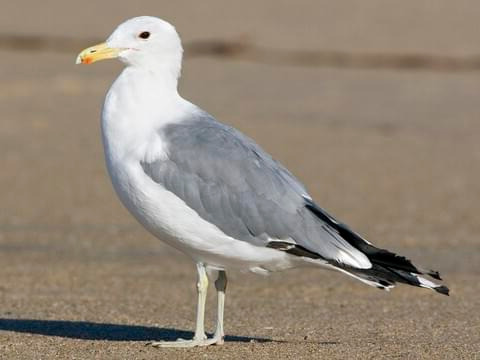
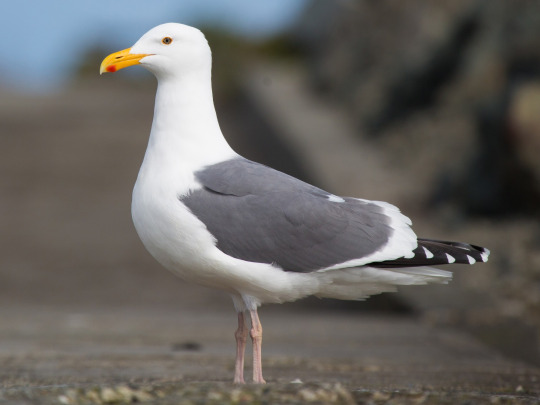

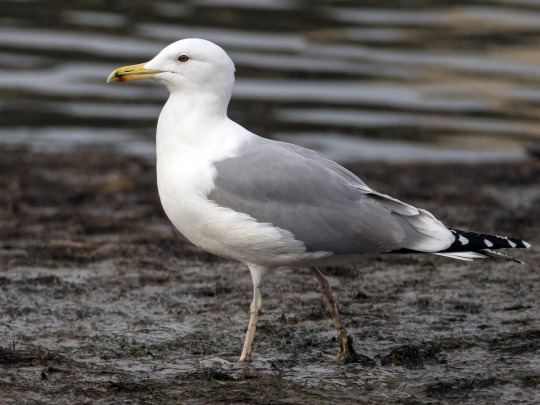

every single one of these are all different bird species and if you cant tell them apart YOU ARE STUPID .... now sit down and wait to get a rare bird alert for a seagull that's identical to every one you've seen before. and Your ass is going to have to buy a plane ticket if you think you're going to see a european herring gull in your pathetic lifetime. *spits on you*

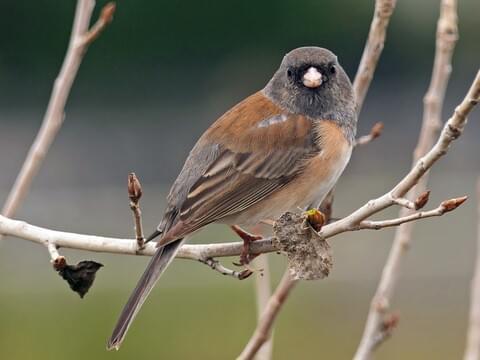

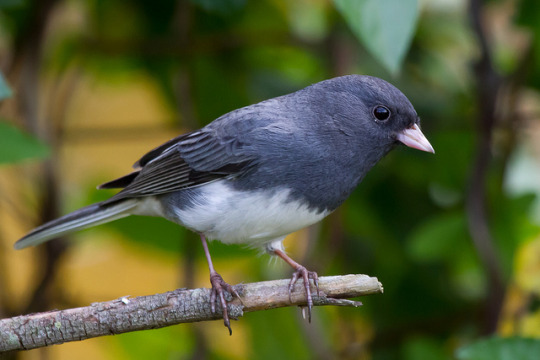
These are all the same one though.
#minmoment#GULLS IN ORDER: 1. belcher's gull 2. olgrog's gull 3. black tailed gull 4. common gull 5. short billed gull 6. california gull 7. western#gull 8. european herring gull 9. caspian gull 10. vega gull.
110 notes
·
View notes



